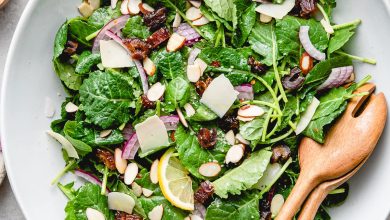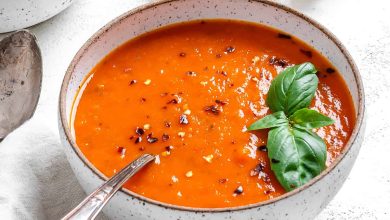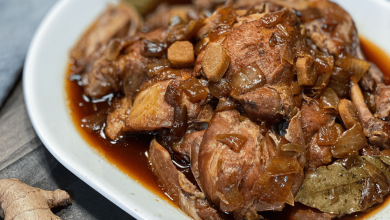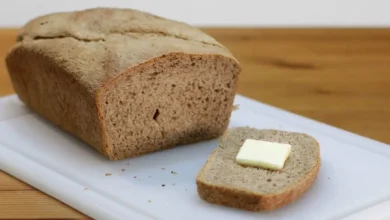Baby Food and Baby Cereal Dish
👶 Baby Food and Baby Cereal Dish: A Nourishing Start! 🍼
Baby food is an essential part of a baby’s diet, typically introduced when they transition from breastfeeding or formula to solid foods, usually around six months of age. Baby cereal dishes are a common choice for this stage, offering a balanced and easily digestible option. Here’s everything you need to know:
📜 History:
Baby cereal has been a staple in many cultures for centuries. It was historically made by grinding grains like rice, oats, or wheat into a fine powder, which was then cooked with water or milk. The modern baby food industry, as we know it, started to take shape in the early 20th century when commercial baby food products were introduced.
🥣 Components:
Baby cereal typically consists of:
- Cereals: Rice, oats, barley, and wheat are common choices. These grains are easily digestible and fortified with essential nutrients.
- Liquid: Breast milk or formula is often used to mix with the cereal to achieve a suitable consistency.
- Optional Additions: Some parents choose to add fruits or vegetables for added flavor and nutrients.
👩🍳 Preparation Steps:
-
Gather Your Ingredients: You’ll need the chosen baby cereal, liquid (breast milk or formula), and any optional fruits or vegetables.
-
Measure and Mix: Follow the instructions on the cereal packaging to measure the right amount. Mix it with the chosen liquid, stirring well to avoid lumps. For added flavor and nutrition, you can blend or puree cooked fruits or vegetables and mix them in.
-
Cook (if necessary): Some baby cereals may require brief cooking. Follow the packaging instructions for cooking times. Usually, it’s just a matter of a few minutes on the stove.
-
Serve Warm: Serve the prepared cereal warm, but ensure it’s not too hot. You can test it on the inside of your wrist to ensure it’s a safe temperature for your baby.
-
Adjust Consistency: Depending on your baby’s age and preferences, you can adjust the consistency by adding more or less liquid.
-
Feed Slowly: Introduce one new food at a time and watch for any allergic reactions or sensitivities.
⏱️ Time Needed:
The time required to prepare baby cereal largely depends on the type of cereal you choose. Some instant cereals can be ready in just a few minutes, while others may require more time for cooking. Adding fruits or vegetables might add a little extra time for preparation. In general, you can expect to spend 10-15 minutes for the entire process.
Remember, every baby is different, and it’s essential to consult with your pediatrician about when and how to introduce solids into your baby’s diet. 👶🥄🍲
👶 Baby Cereal Dish: Nutrition Facts and Health Information 🍼
Nutrition Facts (per serving, prepared with breast milk or formula):
-
Calories: Approximately 50-100 calories, depending on the amount of cereal and liquid used.
-
Protein: 1-3 grams, depending on the type and amount of cereal.
-
Carbohydrates: 10-20 grams, mainly from the cereal and any added fruits or vegetables.
-
Fats: 1-3 grams, with healthy fats if breast milk or formula is used.
-
Vitamins: Baby cereals are typically fortified with essential vitamins, including vitamin A, C, D, and B vitamins.
-
Minerals: They also contain important minerals such as iron, calcium, and zinc.
-
Fiber: Minimal fiber content, as baby cereals are designed to be easy on a baby’s developing digestive system.
Health Information:
-
Nutrient-Rich: Baby cereals are designed to provide essential nutrients for a growing infant, especially iron, which is crucial for brain development.
-
Easy Digestion: These cereals are easily digestible, making them a suitable choice for babies transitioning to solid foods.
-
Customization: You can tailor the cereal by adding fruits or vegetables, introducing various flavors, and expanding your baby’s palate.
-
Allergen Introduction: When you’re ready to introduce potential allergens, you can do so by adding small amounts of known allergenic foods to the cereal.
-
Gradual Transition: Baby cereal is a step towards a more varied diet. As your baby grows, you can gradually introduce other solids and textures.
-
Pediatric Guidance: Always consult with your pediatrician for specific guidance on your baby’s nutritional needs, as they can provide personalized advice based on your baby’s development and any potential allergies or sensitivities.
Remember that the information provided is general, and individual needs may vary. It’s essential to follow your healthcare provider’s recommendations and monitor your baby’s response to different foods as you introduce them to their diet. 🍼👶🥄








